
For the same product, each person may see a different price depending on how the pricing algorithm is set.
You search for a suitcase on an e-commerce platform. The displayed price is 1.2 million VND. A friend searches for the same product at the same time, but sees the price is only 990,000 VND with a 15% discount code. This is not a technical error but the result of a process called differential pricing or price discrimination.
Instead of applying a one-size-fits-all price, today's platforms use algorithms to tailor different prices or offers to each user, based on the data they collect: from geographic location, search history, access device to shopping frequency or access time.
This was once seen as a technological advancement that would “better serve” users. But now, many are starting to question: is this still about optimizing the experience, or manipulating the wallet?
As users surf the web, the algorithm sorts them into different behavioral groups: frequent spenders, coupon hunters, impulse buyers, or simply users of expensive devices like MacBooks or iPhones.
Based on that analysis, the system decides who gets a discount, who doesn't, and who should see a slightly higher price because they're seen as "a big spender."
From a business perspective, personalized pricing is a way to maximize revenue. Those with a higher purchasing power are “pushed” for a higher price, while those with less purchasing power are “sweetened” with a promotional code.
But from a consumer perspective, it’s a blind alley. You don’t know which group you’re in, you don’t know who’s getting a better deal, and there’s no way to be sure you’re not being taken advantage of.
The study "Price Discrimination Against Repeat Consumers in Personalized Pricing: Evidence From a Field Experiment" (2022), published in Frontiers in Psychology, found that loyal consumers are often disadvantaged because their high spending history puts them in a high-paying group, thereby receiving higher prices than new or less engaged consumers.
In this context, the question is not just “should prices be personalized?”, but “are consumers informed and consent to being classified?”.
Personalized pricing can make for a more convenient experience if it’s implemented transparently, with clear limits and guidelines. But when algorithms decide who gets a discount and who pays more, the risk isn’t just on the consumer. The platforms themselves are risking their reputations for short-term gains.
Source: https://tuoitre.vn/cung-mot-mon-hang-nhung-vi-sao-tren-may-moi-nguoi-thay-mot-gia-20250703105102884.htm



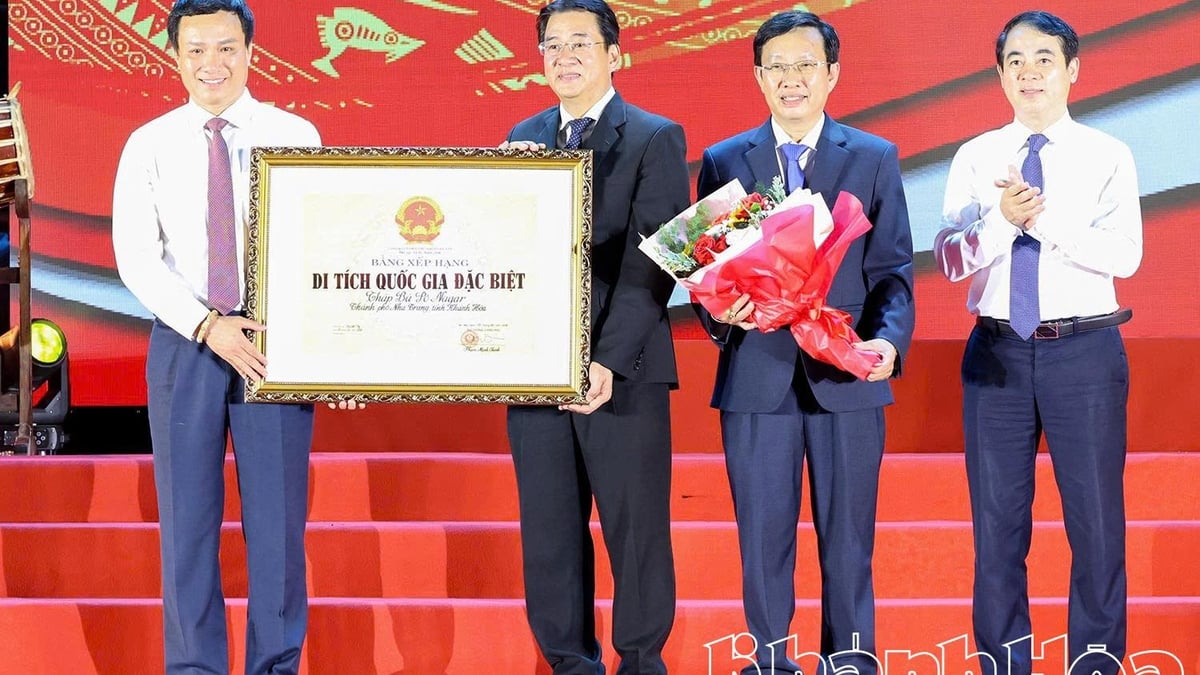



























![[Photo] Gia Lai provincial leaders offer flowers at Uncle Ho's Monument with the ethnic groups of the Central Highlands](https://vphoto.vietnam.vn/thumb/1200x675/vietnam/resource/IMAGE/2025/7/9/196438801da24b3cb6158d0501984818)








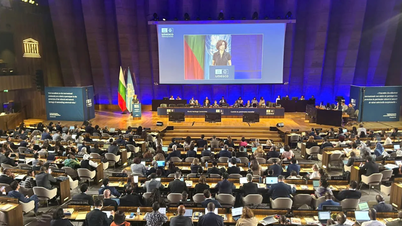




























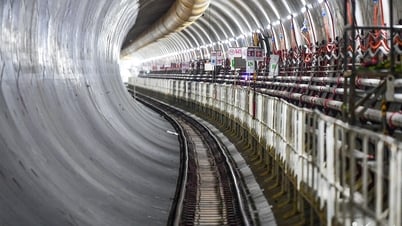


























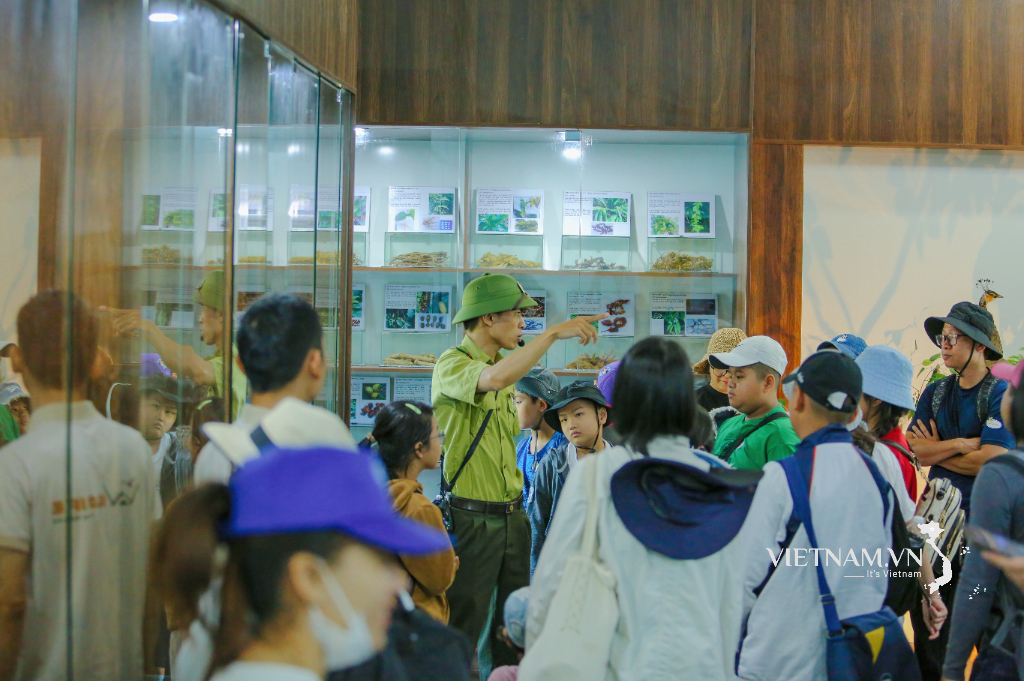
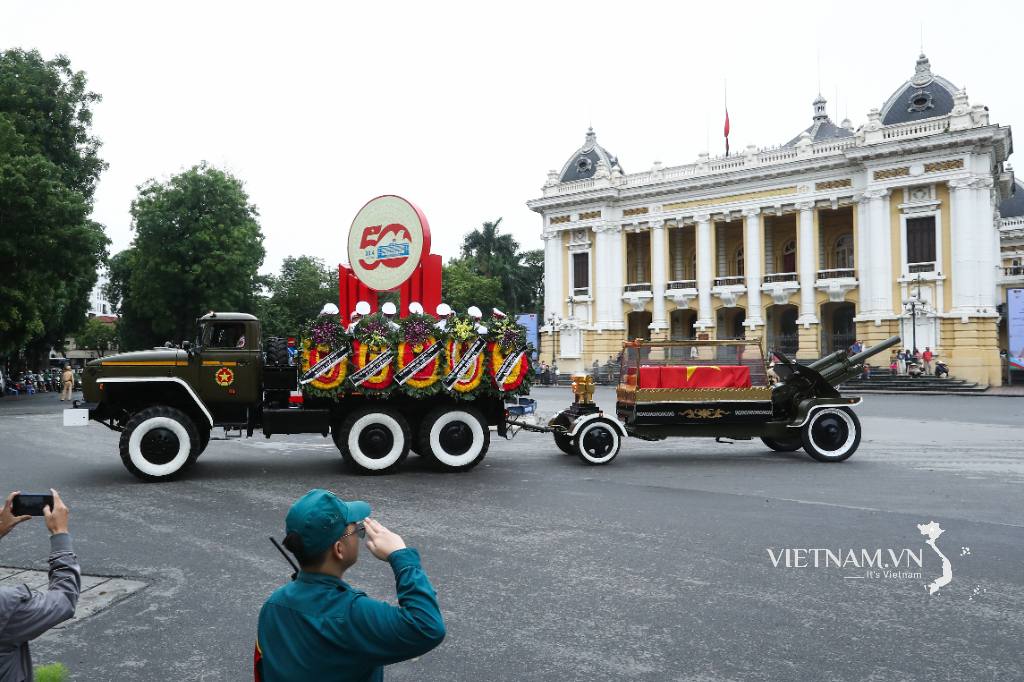

Comment (0)